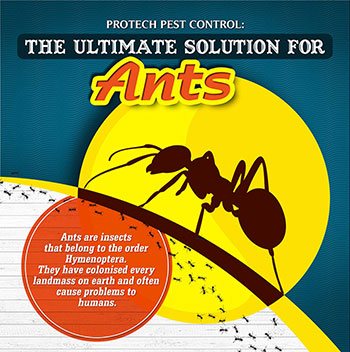Comprehending Rodent Behavior: Professional Insights For Effective Insect Control
Comprehending Rodent Behavior: Professional Insights For Effective Insect Control
Blog Article
Posted By-Holgersen Toft
Imagine being able to anticipate the steps of your opponents in a video game of chess, always staying one action ahead.
Worldwide of pest control, understanding rodent habits resembles having that calculated advantage. By acquiring expert insights into the nesting routines, feeding patterns, and communication and social habits of rodents, you can effectively battle these pesky creatures.
However exactly how precisely do rats act, and why is it essential to understand? In this conversation, we will unravel the mysteries of rodent actions, offering you with beneficial knowledge that will assist you remain ahead in the battle against bugs.
Are you ready to reveal the tricks of these cunning creatures?
Nesting Habits
To understand rodent actions and successfully control bugs, it is necessary to gain understanding right into their nesting routines.
Rodents, such as mice and rats, have an all-natural instinct to find shelter and produce nests where they really feel secure and safe and secure. These nests act as their homes, breeding grounds, and storage space areas for food. Comprehending their nesting habits can aid you recognize prospective areas of problem and apply targeted control steps.
Rodents commonly choose nesting in dark, private areas, such as attics, cellars, crawl spaces, and wall gaps. They make use of products like shredded paper, material, insulation, and even chewed-up electric cords to develop their nests.
Feeding Patterns
Rodents show unique feeding patterns that play a critical role in their habits and can educate effective pest control approaches. Recognizing these patterns is vital for carrying out successful insect control steps.
Rats are opportunistic feeders, indicating they'll consume whatever food is easily available. They like high-calorie foods such as grains, nuts, and seeds. This is why correct storage space of food and waste administration are essential in protecting against rodent infestations.
Furthermore, rodents are nighttime, which implies they're most active during the night when they search for food. By recognizing their feeding patterns, you can purposefully place catches and baits to maximize their effectiveness.
Maintaining food resources inaccessible and preserving a clean atmosphere can aid hinder rodents and lessen the danger of problem.
Interaction and Social Behavior
Comprehending how rats connect and engage socially is crucial for effective bug control techniques. Rodents, like computer mice and rats, have intricate interaction systems that they use to share information to each other and collaborate their tasks. Right here are 3 vital aspects of rodent interaction and social behavior:
1. Vocalizations: Rodents produce a wide variety of singing sounds, consisting of squeaks, chirps, and babbling, to connect with each other. These vocalizations can convey different messages, such as risk warnings or mating calls.
2. Scent noting: Rats use scent glands to leave chemical signals on things and in their environment. https://howtoremovestickyrattrap06283.howeweb.com/26304788/which-alternative-is-preferable-for-you-doing-your-very-own-bug-control-or-hiring-an-expert-pest-control-expert-solution act as territorial boundaries and connect info concerning reproductive status, prominence, and social association.
3. Social hierarchy: Rodents have a hierarchical social structure, with leading people having access to resources and preferred nesting sites. Understanding this power structure is necessary for targeting insect control efforts and recognizing crucial individuals for removal.
Conclusion
So, there you have it - a brief glimpse right into the interesting world of rodent behavior. By understanding their nesting practices, feeding patterns, and interaction, we can better tackle the concern of parasite control.
Did website link understand that a female computer mouse can produce as much as 10 clutters annually, with each trash including around 5-6 pups? This astonishing statistic highlights the relevance of punctual and effective insect monitoring to prevent rodent populaces from spiraling unmanageable.
